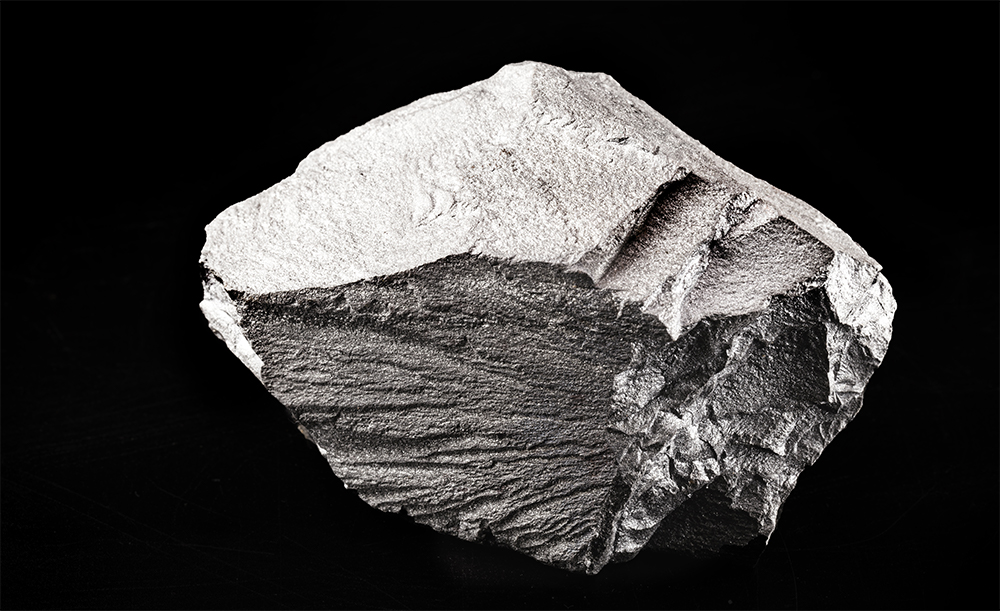The Trending With Impact series highlights Aging (Aging-US) publications that attract higher visibility among readers around the world online, in the news, and on social media—beyond normal readership levels. Look for future science news about the latest trending publications here, and at Aging-US.com.
—
Iron is a mineral naturally found in our environment on Earth, within food sources and in all living organisms. A number of biochemical systems require this mineral and, in humans, the lack of iron results in anemia and a deficiency in hemoglobin—the protein responsible for supplying the body with oxygen. Anemia can also be caused by iron dysregulation. This occurs when iron damages the protein it should be safely stored in, such as ferritin, and then reacts in a toxic manner with surrounding cellular structures and organs. While iron is essential, the chemical properties of iron can make it a harmful substance if it is not tightly regulated.
“The very property of iron that makes it useful, its ability to accept or donate electrons, also gives it the ability to damage molecules and organelles via the Fenton reaction, in which iron reacts with hydrogen peroxide, leading to the formation of the highly reactive and toxic free radical, hydroxyl.”
Dennis Mangan (P. D. Mangan) is a clinical biochemist/microbiologist, researcher, author, health and fitness expert, and anti-aging specialist. In October of 2021, he authored a new theory article that positions iron as a potential driver of aging. This trending paper was published in Aging (Aging-US) Volume 13, Issue 19, and entitled, “Iron: an underrated factor in aging.”
Iron and mTOR
There is an undeniable correlation between the accumulation of iron, DNA damage, age-related diseases, and aging. Excess iron levels are measurable in age-related illnesses, including cardiovascular disease, diabetes, cancer, and Alzheimer’s disease. In his paper, Mangan explains a number of important correlations between iron and the mammalian target of rapamycin (mTOR). Iron can act as a growth factor to activate mTOR, and crosswise, mTOR is capable of regulating iron metabolism.
“mTOR activation in diabetes may be responsible for the accumulation of excess iron seen in this illness; alternatively, accumulation of iron might activate mTOR, leading to diabetes.”
Researchers have demonstrated that inhibiting mTOR can extend lifespan and healthspan in animal models. The inhibition of mTOR, by drugs such as rapamycin, inhibits the accumulation of iron through an iron-regulating hormone called hepcidin. Therefore, it would be reasonable to assert that the over-activation of mTOR (in diseases such as diabetes) may be due to excess iron, or, excess iron may lead to diabetes through the over-activation of mTOR.
Sans Iron
Studies on experimental organisms, such as fruit flies, brewers yeast, roundworms, and mice, have shown that the inhibition of iron leads to life extension. Mangan uses a number of natural iron chelators as examples, such as green tea catechins and curcumin. Calorie restriction is a highly effective life-extending intervention, and also a powerful regulator of iron metabolism. He lists iron inhibiting/chelating drugs, such as metformin, enalapril, quercetin, aspirin, tannic acid, ciclopirox, acetaminophen, bacitracin, berberine, and baicalein.
“Thus, we can see that a large number of life-extending compounds also interact with iron, either by chelation, inhibition of absorption, or increased iron loss.”
Mangan also notes that elderly blood donors tend to experience rejuvenating effects after donating blood. In addition, he refers to a 2020 study in which a significant portion of blood plasma in participants was replaced with saline and 5% albumin. The researchers observed rejuvenating effects in the participants, and concluded that this was due to the dilution of old factors in the blood plasma. Mangan proposes that the critical old factor being diluted here, was iron.
“Other components of plasma may be removed or diluted as well, but iron may be the critical element here.”
Conclusion
Mangan wrote a thought-provoking paper—far more detailed than this blog summary. He emphasizes that, since iron is both biologically needed and likely contributes to aging and disease, sufficient iron storage and regulation may be critical for designing effective anti-aging therapies that may extend lifespan.
“In sum, iron satisfies many of the conditions we might look for in a universally pro-aging substance. It accumulates with age; it is associated with many age-related diseases such as cardiovascular disease, cancer, and Alzheimer’s disease; it catalyzes the formation of cellular junk molecules and helps to prevent their turnover; removal of iron from plasma may be rejuvenating; and people with lower levels of body iron – blood donors – have a lower mortality rate.”
Click here to read the full theory article published by Aging (Aging-US).
WATCH: AGING VIDEOS ON LABTUBE
—
Aging (Aging-US) is an open-access journal that publishes research papers monthly in all fields of aging research and other topics. These papers are available to read at no cost to readers on Aging-us.com. Open-access journals offer information that has the potential to benefit our societies from the inside out and may be shared with friends, neighbors, colleagues, and other researchers, far and wide.
For media inquiries, please contact [email protected].

